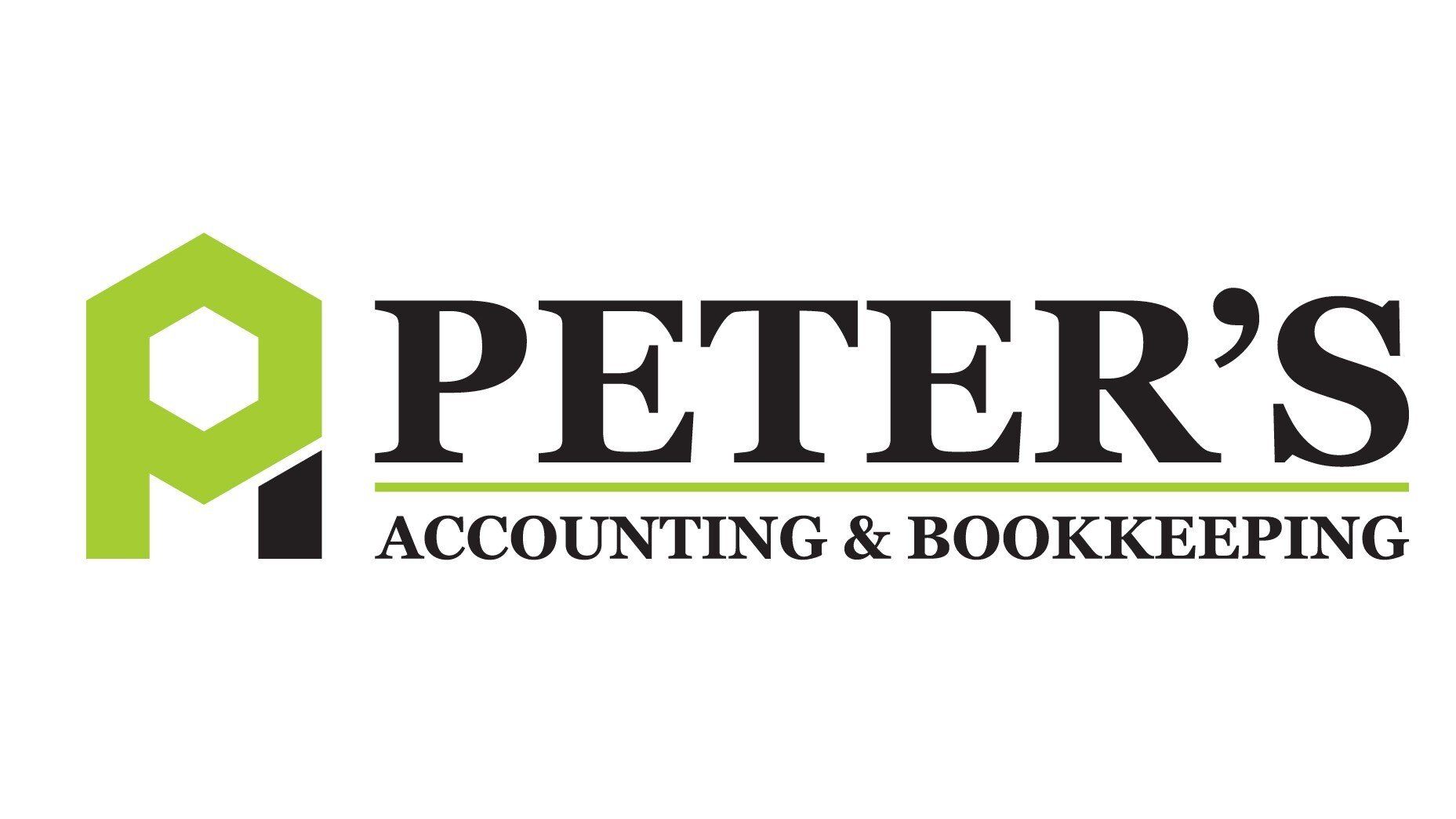What is My Company’s Break-Even Point?
For small business owners, it is important to understand the company’s break-even point so that they know how much they need to achieve in sales or services to realize a profit. The break-even point is the key component in any business in order to determine your company’s pricing and profitability.
The definition of the break-even point is the amount of sales volume at which a business earns no money. It helps the business manager determine what route the company will take to achieve the company’s desired income through its sales. The break-even point is useful in determining the amount of capacity left once the break-even is reached. This information is important because it tells you the maximum amount of profit that can be generated.
Knowing the break-even point also establishes the impact of profit if automation replaces labour or the change in profits if product prices are altered. Lastly, understanding your break-even point helps you to determine how much loss you can sustain if business declines and sales suffer a downward turn.
Pam Newman states in an article for entrepreneur.com that you can learn how to determine your break-even point by following these five steps:
Step 1. First you must determine the per-unit selling price and direct costs associated with the product or service you provide. A direct cost is the varying costs that go into creating the product or service, such as materials and labour. A gift basket business is a good example with the direct costs being the price of the basket, basket items, the wrapping material and the labour involved in putting the basket together.
Step 2. Next, you must calculate your contribution margin in dollars per unit. What this means is that once you know the direct costs of each product you sell and its selling price, you can calculate your contribution margin in dollars per unit. A contribution margin is the amount of money you get over and beyond your direct costs for each unit. If you’re selling a gift basket for $50, and your direct costs added up to $40, then your contribution margin would be $10 per unit. This contribution margin is the money that you can contribute towards your overhead costs from the sale of each product or service.
Step 3. The third consideration is to calculate all of the other overhead costs you are incurring that need to be covered before you can earn any profit. These overhead costs include such items as business insurance, rent, taxes, advertising, office supplies, both direct and indirect labour, etc. You calculate these costs in a total sum instead of per unit. Knowing these costs is essential since they are another component of how much money it takes to run your business in addition to your direct costs.
Step 4. Once you have a handle on all of your overhead costs, you take that number and divide it by your contribution margin in dollars per unit. As an example, if your overhead costs for making the gift baskets were $1,000 and your contribution margin from each basket you sell is $10, your break-even in units would be $1000/$10 or 100 units. Therefore, you must sell 100 gift baskets at $50 each to break even. Once you pass that break-even number, you will begin to make a profit. If you never make that sale mark, you may have to reconsider your business plan, how to reduce costs, or increase your pricing.
Step 5. You should be diligent about checking your break-even point on a regular basis because as your selling price, direct costs and indirect costs change, your break-even point will change too. If you fail to check the conditions for your break-even point, you’ll never know what adjustments you have to make in order to make a profit. You should incorporate it as part of your pricing policy to determine your profitably based on costs and sales.
If you would like help calculating your break-even point, please Contact Peter’s Accounting.

